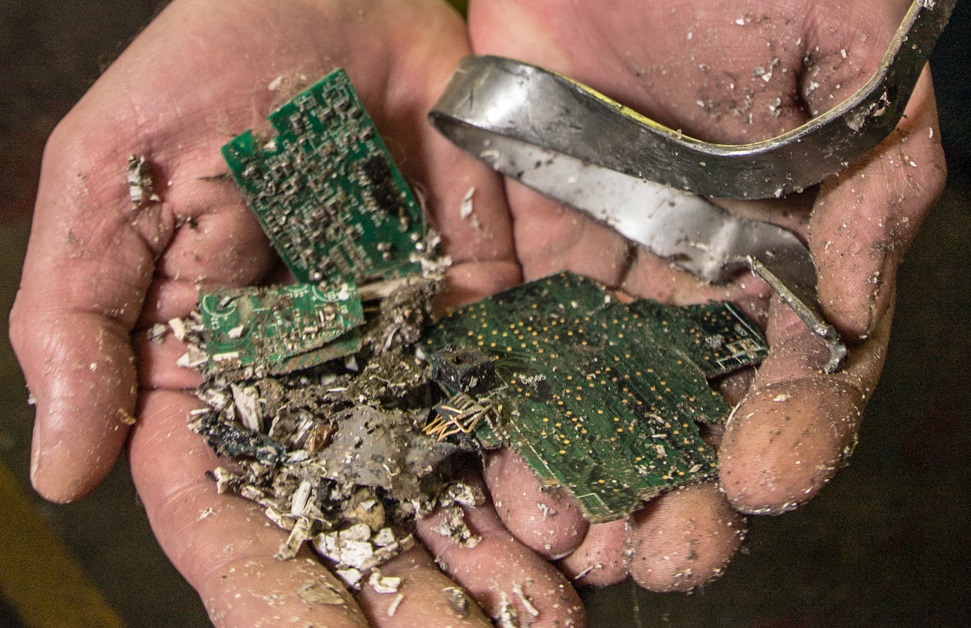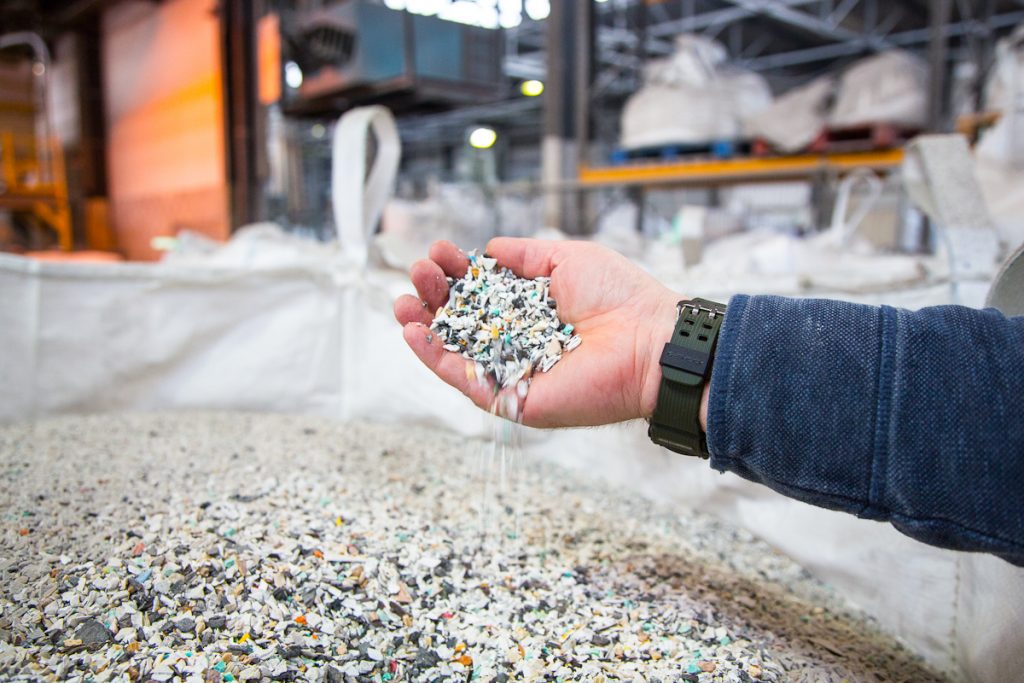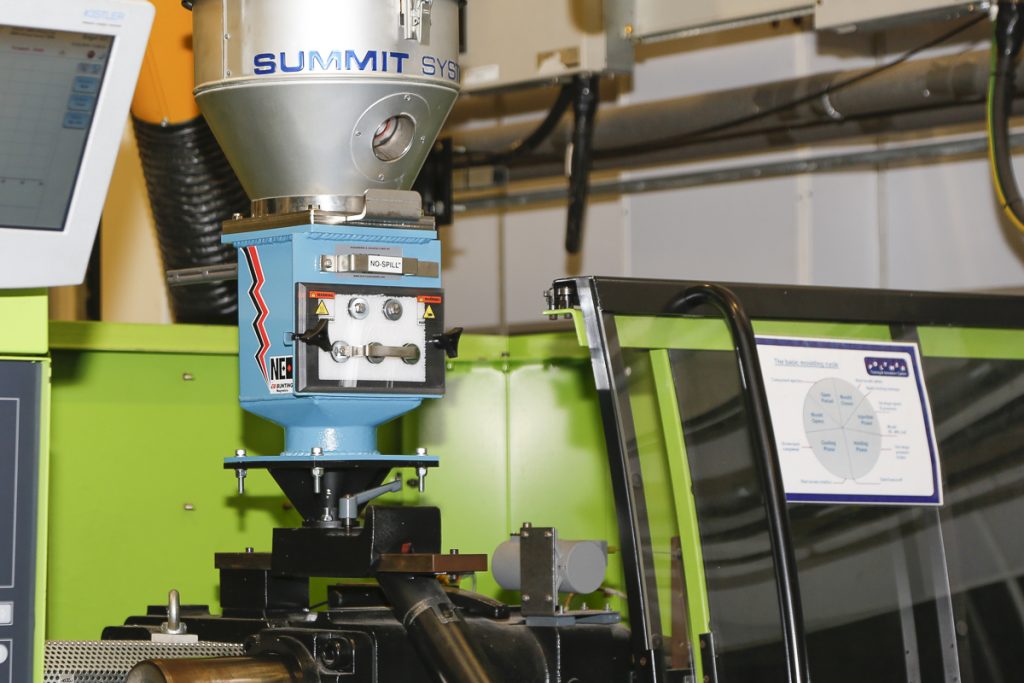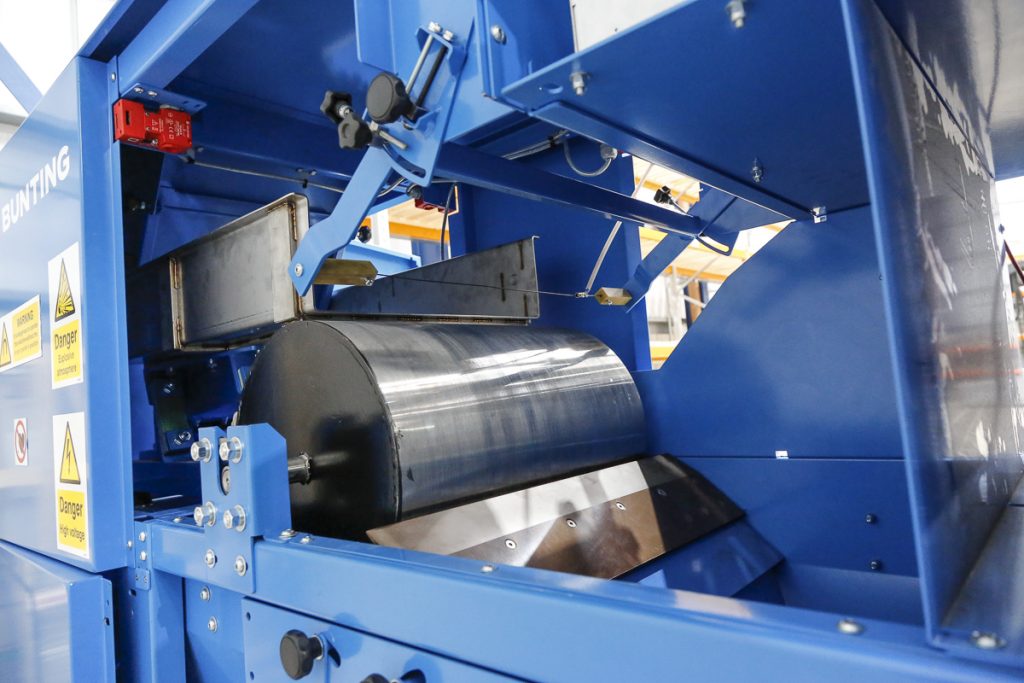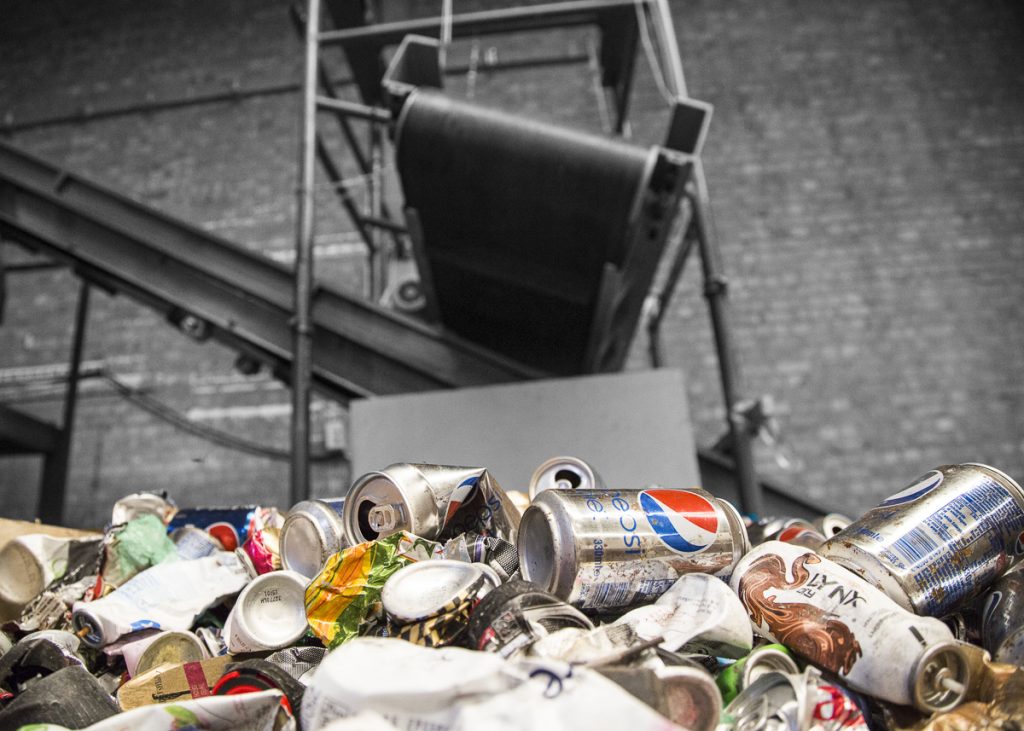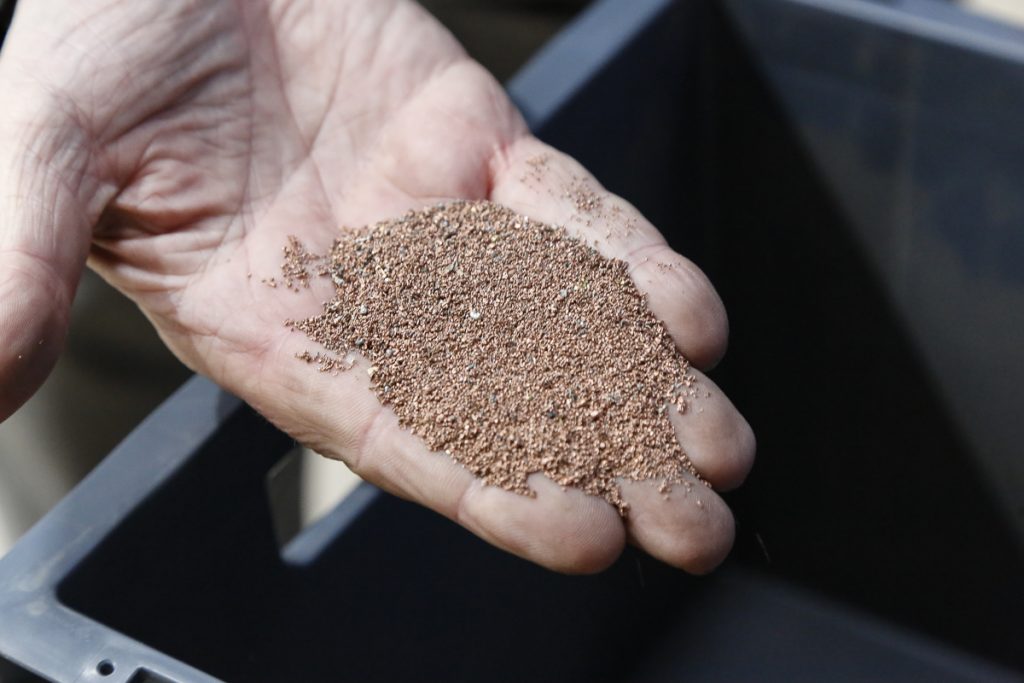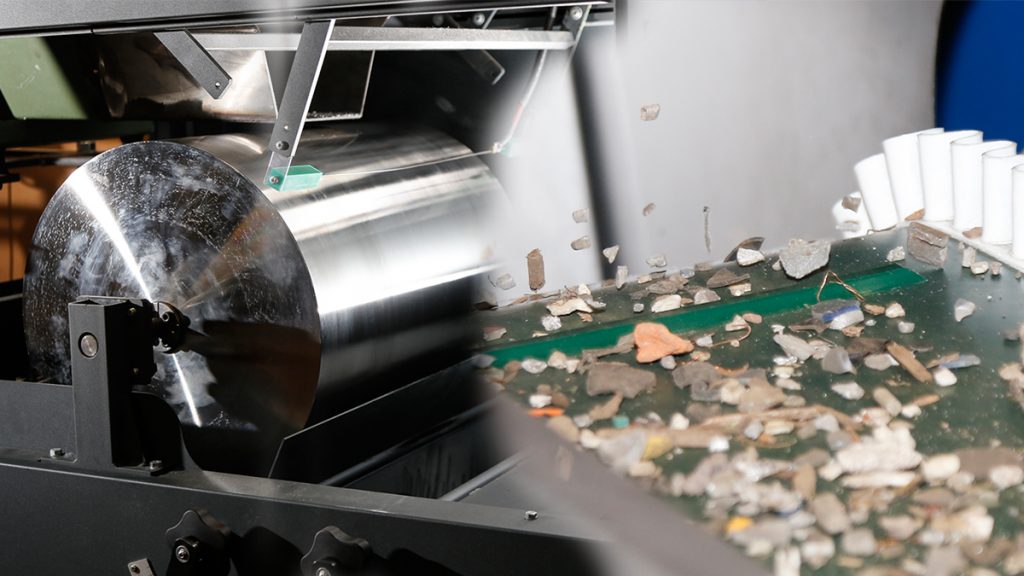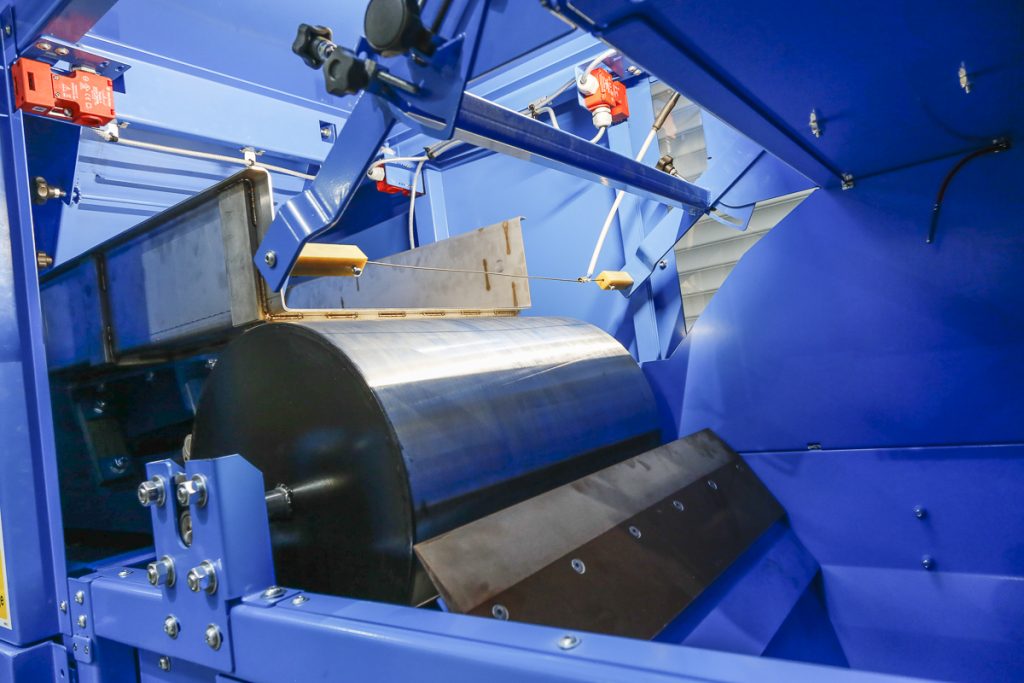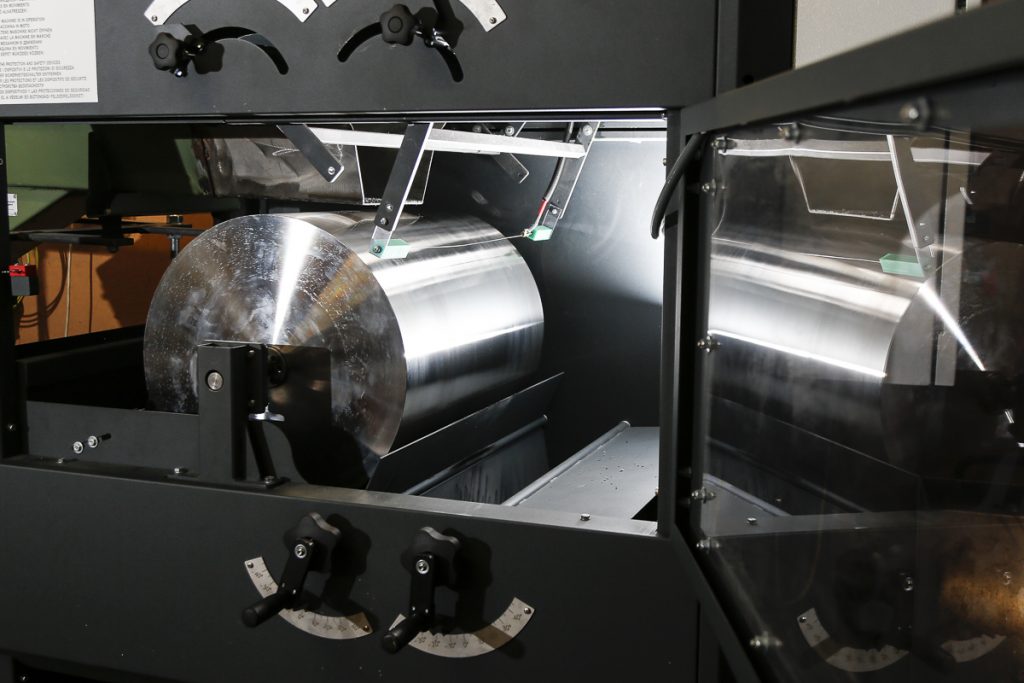Posts Tagged ‘ElectroStatic Separator’
Advanced Metal Separation at E-Waste World
The separation and recovery of fine and small metal is vital for the successful recycling of e-waste. On stand 314 at the E-Waste World Conference & Expo (30 November – 1 December 2021, Frankfurt Messe, Germany), Bunting is showcasing advanced metal separation technology specifically used in the recycling of electronics. Metal Recovery from WEEE Reclaiming…
Read MoreElectroStatically Cleaning Plastic Waste
With the ever-increasing amount of plastic waste collected for recycling, the ability to remove effectively contaminants including metal has never been more important. Often, contaminated plastic cannot be processed meaning that landfill or energy-to-waste are the only options. The ElectroStatic Separator significantly expands the range of product recycling possibilities, enabling the removal of very small…
Read MoreMetal Contamination Solutions at Interplas 2021
Efficient and proven methods of removing metal during plastics manufacture or recycling is showcased on Bunting’s ‘Protect, Prevent & Purify’ stand (H11) at the Interplas plastics exhibition (28th to 30th September, NEC, Birmingham, UK). Interplas is the UK’s leading plastics industry event and an exciting showcase for the manufacturing processes, technologies, and services essential to…
Read MoreDiscover Metal Separation at RWM 2021
After a year missed due to the pandemic, Bunting is back exhibiting at the RWM show at the NEC in Birmingham, UK (22nd to 23rd September 2021) on stand 5-R10. For the first time, Bunting is showcasing their revolutionary Electrostatic Separator, as well as other advanced technology for metal separation and recovery. ElectroStatic Separator at…
Read MoreRecycling Growth Dependent on Technology
Annual events such as the UK’s Recycling Week, the Global Recycling Day and Earth Day provide the perfect platform for reflection and planning. Successful and extensive recycling reduces the pressure on the planet’s finite resources, whilst also providing desperately needed environmental protection. Many experts predict that the failure to radically change the way waste is…
Read MoreElectrostatically Recovering Copper Wire
A combination of an ElectroStatic Separator and a Metal Separation Module is enabling the recovery of fine copper and other metals from a waste product at a UK metal recycling company. ElectroStatic Separation The Bunting ElectroStatic Separator, launched in 2020, significantly enhances the ability of companies to recover fine metals such as copper wire. In…
Read MoreEddy Current versus Electrostatic Separation
Separation technology plays a major role in the recycling of waste materials. Metals are recovered using one or a combination of metal separators including Magnetic Separators, Eddy Current Separators and ElectroStatic Separators. Eddy Current Separators and ElectroStatic Separators play an important role in maximising metal recovery and revenue from complex streams presently processed by metal…
Read MoreElectroStatic Separation of Minerals
Article written by Neil Rowson, Professor of Minerals Engineering in the School of Chemical Engineering at the University of Birmingham Electrostatic phenomenon dates back to 600 – 700 B.C. when people noticed static electric effects (attraction of hair) when amber was rubbed with fur. Indeed, the word ‘electrostatic’ comes from the ancient Greek word ‘electron’…
Read MoreNew ElectroStatic Separator
The launch of the new Bunting ElectroStatic Separator is in response to enhanced material separation requirements in the recycling, plastics and minerals industries. The ElectroStatic Separator uses tungsten electrode wire to generate electrostatic charges to separate dry liberated particles. The new technology significantly broadens separation capabilities, opening up new opportunities for recovering materials from waste…
Read More